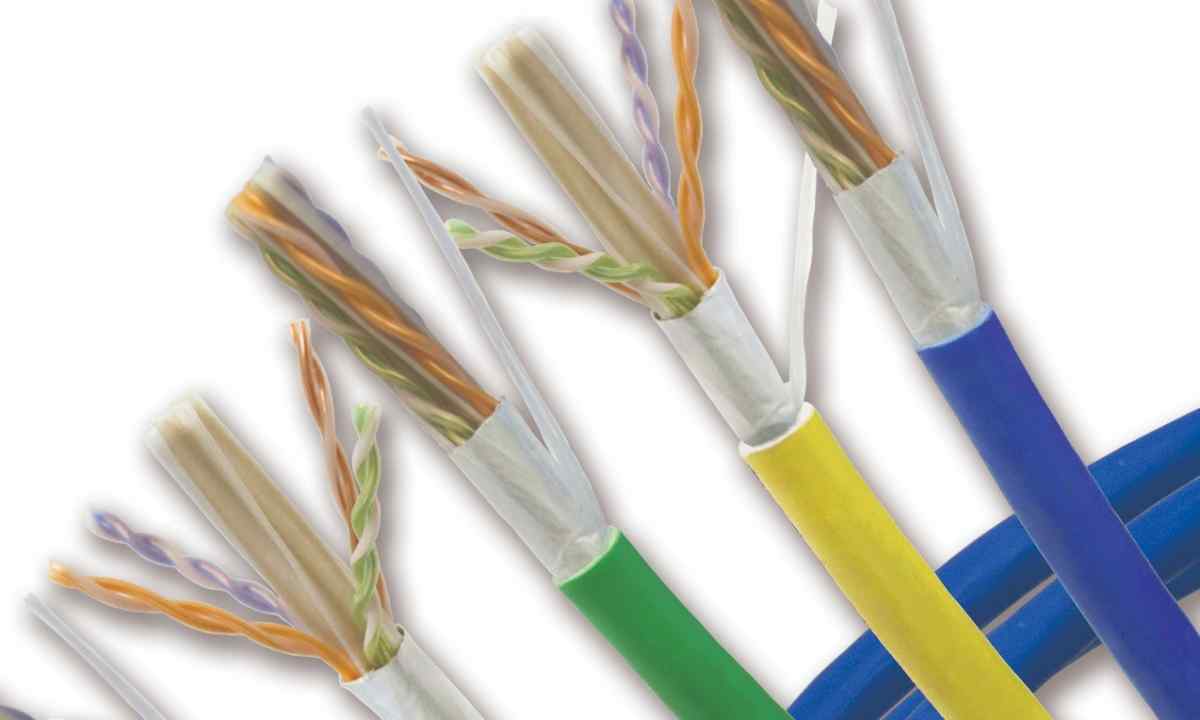As a rule, any cable consists of several veins which in section represent you circle. The conductivity of cable in proportion depends on the area of this section. If it is too small, the cable can fuse, and it is one of basic reasons of the fires in the modern world.
It is required to you
- - cable with unknown section;
- - caliper or micrometer;
- - table of specific resistance of substances.
Instruction
1. Take cable which section needs to be determined. Most often it consists of 2-4 veins which are isolated from each other by special materials. These veins have identical diameter. Sometimes it is possible to meet cable which lived alone more thinly than the others – it is intended for grounding.
2. Clean from isolation of the cable core. By means of caliper, and it is better than micrometer (it will allow to perform more exact measurement), find core diameter. Receive value in millimeters. Then calculate cross-sectional area. For this purpose coefficient 0.25 increase by number π ≈ 3.14 and value of diameter of d the squared S=0.25 ∙π ∙ d². Increase this value by the number of cable cores. Knowing the wire length, its section and material of which it is made, calculate its resistance.
3. For example, if it is necessary to find the section of the copper cable from 4 veins, and measurement of core diameter has given value of 2 mm, find the area of its cross-section. For this purpose calculate the cross-sectional area of one vein. It will be equal to S=0,25∙3,14∙2²=3.14 to mm². Then determine the section of all cable for this purpose the section of one vein increase by their quantity in our example these are 3.14∙4=12.56 mm².
4. Now it is possible to learn maximum current which can proceed on it, or its resistance if length is known. Maximum current for the copper cable calculate 8 A by 1 mm² from ratio. Then the maximum value of current which can pass on the cable taken in example makes 8∙12,56=100,5 A. Uchityvayte that for aluminum cable this ratio makes 5 A by 1 mm².
5. For example, cable length is 200 m. To find its resistance, increase the unit resistance of copper ρ in Ohm ∙ mm²/м, into the cable length of l and divide into the area of its cross-section of S (R=ρ ∙ l/S). Having made substitution, receive R=0,0175∙200/12,56≈0,279 of Ohms that will lead to very small losses of the electric power by its transfer on such cable.

